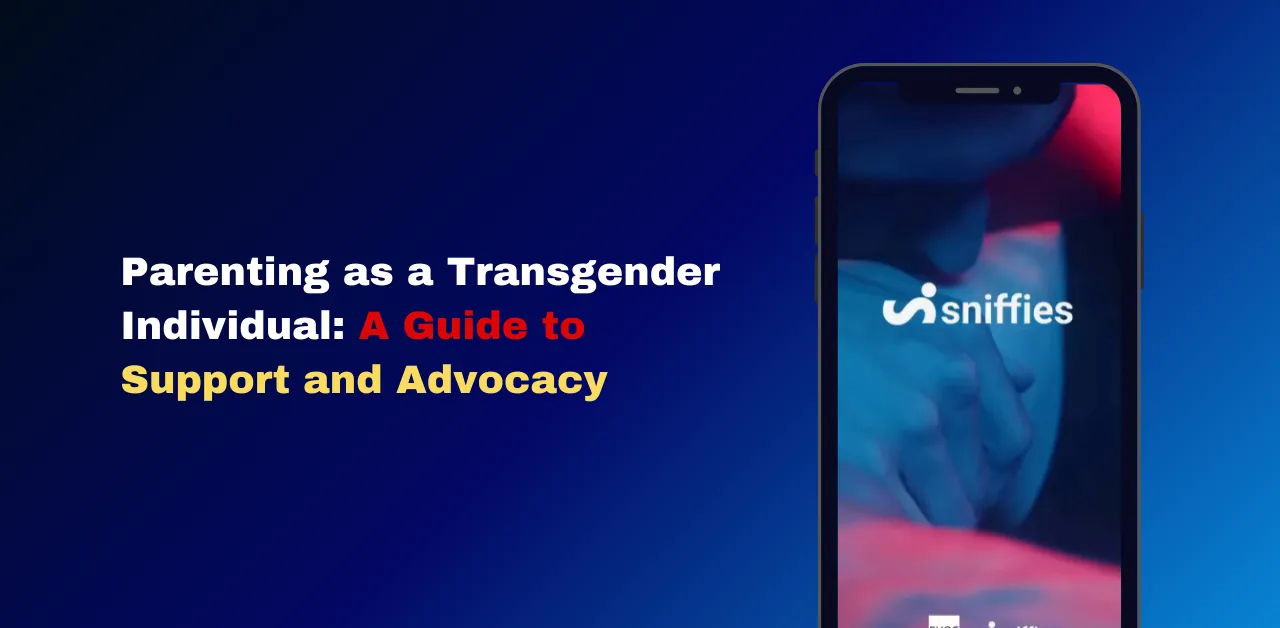Parenting as a Transgender Individual – Practical Tips & Resources

Are you a transgender parent seeking ways to support your child’s growth while navigating your own identity? Parenting as a transgender individual can feel daunting, but with the right tools, you can foster a loving, affirming environment. This guide offers practical tips, resources, and insights to help you advocate for your child and thrive as a family. Read on to discover how to build strong relationships, access support, and address challenges with confidence, ensuring your child feels safe and valued.
The Challenges of Transgender Parenting
Parenting as a transgender individual involves unique challenges, from societal stigma to navigating legal and medical systems. Many transgender parents report discrimination in child custody or adoption processes, with studies showing that 25-50% of transgender individuals are parents, though often at lower rates than the general population. You might face judgment from schools, healthcare providers, or even family members. Understanding these challenges is the first step to overcoming them. By educating yourself and connecting with supportive communities, you can create a nurturing environment for your child.
We also have an article on Legal Protections for Transgender Individuals in USA
Common Challenges
- Societal Stigma: Facing prejudice or misunderstanding from others.
- Legal Barriers: Navigating custody or adoption discrimination.
- Healthcare Access: Finding trans-competent providers for you or your child.
- Family Dynamics: Addressing non-affirming attitudes from co-parents or relatives.
Supporting Your Child’s Gender Identity
If your child is transgender or gender-diverse, affirming their identity is critical. Research shows that family support reduces suicide risk by up to 40% for transgender youth. Use their chosen name and pronouns, and advocate for their needs at school. Connect with organizations like PFLAG or Gender Spectrum for resources tailored to families of transgender children. If your child is cisgender, model inclusivity by discussing gender diversity openly. This fosters empathy and understanding, strengthening your bond.
Actionable Tips for Affirmation
- Listen Actively: Validate your child’s feelings without judgment.
- Use Correct Names/Pronouns: Respect their identity consistently.
- Educate Yourself: Read books like Supporting Transgender Youth from Trans Youth Equality Foundation.
- Advocate at School: Ensure teachers use inclusive language and policies.
Building a Support Network
Parenting as a transgender individual can feel isolating, but community support makes a difference. About 78.6% of parents of transgender youth seek advice from other parents or LGBTQ+ organizations. Join online or local support groups like Trans Families or PFLAG to share experiences and resources. These networks offer emotional support and practical advice, from navigating insurance to finding trans-friendly schools. Building connections also empowers you to advocate for systemic change, like inclusive school curricula.
Where to Find Support
- Trans Families: Offers online support groups and resource directories.
- PFLAG: Provides local chapters for families of LGBTQ+ individuals.
- Gender Spectrum: Hosts family conferences for trans youth and parents.
- Local LGBTQ+ Centers: Check for transgender-specific programs.
Navigating Healthcare and Legal Systems
Accessing healthcare and updating legal documents can be challenging. Two-thirds of parents report needing resources to advocate for their child’s school or health insurance needs. Research providers knowledgeable about transgender care, such as those following WPATH guidelines. For legal matters, organizations like the Transgender Legal Defense and Education Fund can assist with custody or name changes. Stay informed about state and federal laws protecting transgender rights to ensure fair treatment.
Steps to Navigate Systems
- Research Providers: Seek trans-competent doctors or therapists.
- Understand Insurance: Check coverage for gender-affirming care.
- Know Your Rights: Review federal laws protecting trans individuals.
- Document Updates: Update IDs or school records with correct names.
Addressing Mental Health and Well-Being
Transgender parents and their children face higher mental health risks due to discrimination and lack of support. Studies show that affirming behaviors from parents improve mental health outcomes for transgender youth. Prioritize self-care by seeking therapy or support groups. For your child, monitor for signs of bullying—55% of transgender youth report gender-based bullying. Encourage open communication and connect them with affirming spaces, like LGBTQ+ youth groups, to build resilience.
Mental Health Strategies
- Seek Therapy: Find trans-affirming mental health professionals.
- Monitor Bullying: Address any harassment at school promptly.
- Promote Resilience: Encourage participation in supportive communities.
- Practice Self-Care: Engage in mindfulness or stress-relief activities.
Advocating for Your Child
Advocacy is a powerful tool for transgender parents. Whether it’s challenging a school’s non-inclusive policy or contacting legislators, your voice matters. Only 10.3% of parents of transgender youth have engaged with political representatives, but this can drive change. Use resources from the Movement Advancement Project to learn advocacy strategies. By modeling advocacy, you teach your child to stand up for themselves in safe, empowering ways.
Advocacy Tips
- Engage Schools: Push for gender-inclusive curricula and policies.
- Contact Legislators: Advocate for trans-protective laws.
- Join Campaigns: Participate in LGBTQ+ advocacy events.
- Educate Others: Share resources to reduce stigma in your community.
Outcomes of Supportive Parenting
Supportive parenting leads to thriving children. Gender-affirming care, backed by parental support, significantly improves mental health, with many parents describing it as “lifesaving”. For transgender parents, affirming your own identity while supporting your child creates a positive family dynamic. Studies show no developmental differences in children of transgender parents compared to peers, proving that love and support outweigh societal challenges. Your efforts build a foundation for your child’s confidence and success.
Key Benefits
- Improved Mental Health: Reduced anxiety and depression in youth.
- Stronger Bonds: Enhanced trust and communication.
- Community Impact: Fostering inclusivity in schools and beyond.
- Child Resilience: Empowering kids to navigate challenges.
Addressing Common Misconceptions
Misconceptions about transgender parenting can create unnecessary hurdles. Here are ways to counter them:
- Myth: Transgender parents confuse their children.
Reality: Studies, like one from the Williams Institute (2023), show children of transgender parents are as well-adjusted as peers when supported openly. - Myth: Transgender parents face more parenting challenges.
Reality: Challenges are often societal, not inherent. With education and support, families thrive.
What challenges do transgender parents face?
Transgender parents often face stigma, custody disputes, or healthcare access issues. Up to 50% of transgender individuals are parents, per studies. Joining groups like PFLAG can help navigate these challenges.
How do I support my transgender child?
Use their chosen name and pronouns. Advocate for them at school. Family support cuts suicide risk by 40%, per research. Check Gender Spectrum for resources.
Where can I find support as a transgender parent?
Join Trans Families or PFLAG for online and local support. About 78.6% of parents seek advice from such groups. LGBTQ+ centers offer programs too.
How can I advocate for my child at school?
Ensure schools use your child’s name and pronouns. Push for inclusive policies. Use Movement Advancement Project resources to guide advocacy efforts.
Conclusion
Parenting as a transgender individual requires resilience, advocacy, and community support. By affirming your child’s identity, accessing resources, and navigating systems, you can create a nurturing environment. Connect with organizations, advocate for change, and prioritize mental health to help your family thrive. With love and dedication, you can overcome challenges and build a brighter future for your child.
Read more aboutWhat Does Non-Binary Mean? and Anti-Trans Laws: Understanding Their Impact and How to Respond






